Toxic Algae Blooms Prompt Clean-Up Commitment from Great Lakes Governors
State and provincial leaders act to end danger to Lake Erie, which has suffered from a resurgence of nutrient pollution and toxic algae outbreaks over the past decade.

By Codi Kozacek
Circle of Blue
Ten months after a toxic algae bloom in Lake Erie shut down water supplies for nearly half a million people in Toledo, Ohio, Great Lakes leaders took the most significant step yet to curb the blooms, protect public health, and restore the lake to health. Signed earlier this month, a new binational agreement between the governors of Michigan and Ohio and the premier of Ontario sets an ambitious goal to cut the amount of phosphorus pollution flowing into western Lake Erie by 40 percent over the next 10 years.
Cooperation on water-quality issues at this scale is not unprecedented in the Great Lakes region, and a number of ongoing initiatives at all levels of government are tackling the problem. The new agreement is nonetheless unique because it sets both a specific target for reducing nutrient pollution and a timeline for meeting it, making it one of the most promising water-quality initiatives in recent memory, according to regional environmental groups. The Great Lakes pact differs from other efforts to clean up nutrient pollution in major U.S. water bodies, such as the Mississippi River Basin, which failed to secure firm commitments from states.
–Jennifer Caddick, engagement director
Alliance for the Great Lakes
The Great Lakes agreement appears to be part of a trend among executive-level officers across the country to respond to growing public concern about water quality following major pollution events. Along with the Toledo water crisis, other incidents of dangerous water pollution last year in the United States included a chemical spill in West Virginia and a coal ash spill in North Carolina — all of which highlighted the precarious state of the nation’s fresh water.
Toxic algae blooms — driven by excess amounts of nutrients like phosphorus flowing into rivers and lakes — present one of the most significant threats to human health and the environment. The blooms are a growing problem around the world, shutting down water supplies for more than 3 million people on three continents since 2004. In Lake Erie, five of the lake’s largest blooms on record have occurred in the last 10 years, with the most expansive stretching 5,000 square kilometers (1,930 square miles) in 2011. The Toledo water crisis was the second time in two years that blooms of toxin-producing cyanobacteria contaminated public drinking water supplies. The blooms also create low-oxygen areas in Lake Erie’s central basin, where fish and other animals cannot survive.
Following the Toledo crisis in August 2014, elected officials and agencies at all levels of government hurried to address the issue. The results have been mixed. Lawmakers mobilized more than $US 188 million to study the blooms, improve public water testing and infrastructure, and reduce the amount of phosphorus running off of farmland.
Laws addressing the pollution, however, have been scarce. In April, Ohio passed legislation regulating when and how farmers can apply fertilizers, one of the primary sources of phosphorus flowing into Lake Erie. Other states have yet to follow suit.
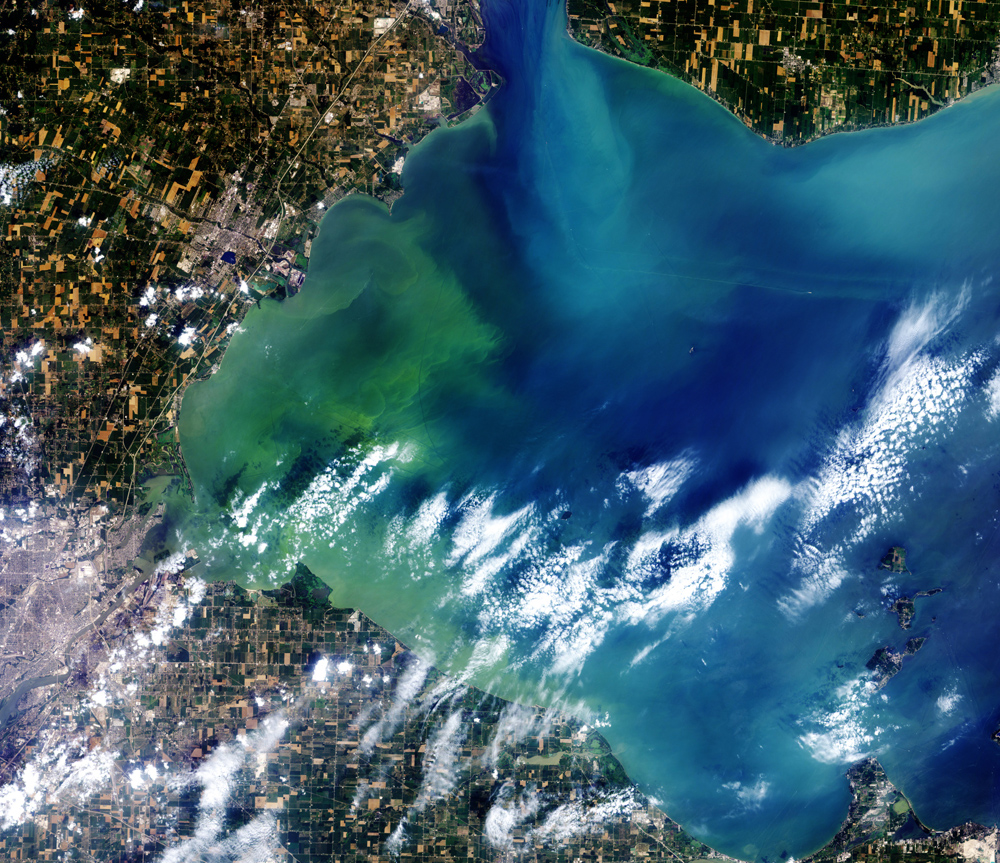
The new agreement sets a 40 percent reduction goal for the amount of both total phosphorus and dissolved reactive phosphorus (DRP) flowing into Lake Erie’s western basin. The latter is a form of the nutrient that is easier for algae to use. Scientists say a rise in DRP levels over the past decade — despite relatively stable levels of total phosphorus — are likely feeding the lake’s massive blooms. The reductions will be measured relative to the amount of phosphorus that flowed into the lake in 2008.
The states and Ontario — the Canadian province that borders Lake Erie — must each develop plans to reach the goal. The agreement does not say when these plans will be finalized and gives little guidance on methods, beyond stating that the target should be achieved “through an adaptive management process.” The text does, however, set an interim goal of a 20 percent phosphorus reduction by 2020.
“The commitment is an important step forward in keeping Lake Erie free of harmful algal blooms and, in turn, protecting our region’s economy, drinking water, and way of life,” a coalition of regional environmental organizations said in a statement following the announcement. “The science is clear: dissolved phosphorus from agricultural runoff is driving the resurgence of harmful algal blooms. Today’s commitment is another positive step toward restoring Lake Erie.”
–David Ullrich, executive director
Great Lakes and St. Lawrence Cities Initiative
Coordinated action between the Great Lakes states and Ontario is seen as an essential step toward cleaning up the algae blooms. Though the new agreement is not legally binding, environmental groups say that it could yield faster action to reduce algae blooms than an ongoing federal process to set new nutrient targets for Lake Erie under the binational Great Lakes Water Quality Agreement (GLWQA). The GLWQA is credited with restoring the lake to health in the 1970s — the last time nutrient pollution was a major problem.
“It is important that we have that regional commitment,” Jennifer Caddick, engagement director for the Chicago-based Alliance for the Great Lakes, told Circle of Blue. “This is not unprecedented. The Great Lakes region has come together again and again in a uniquely nonpartisan manner to do what is right for the lakes.”
Commitment Compliments Ongoing Efforts to Stop Algae
The announcement by state and provincial leaders comes as the federal governments of Canada and the United States continue a multi-year process to reassess nutrient targets for Lake Erie under the GLWQA.
The GLWQA was first signed in 1972 — the same year as the U.S. Clean Water Act — amid a public outcry over the deteriorating condition of the Great Lakes. At the time, Lake Erie was considered “dead” and suffered from large algae blooms that were the result of too much phosphorus. Over the next eight years, the state, provincial, and federal governments of both countries set targets for the amount of phosphorus that could be discharged into the lake and greatly reduced the amount being discharged by industries and sewage-treatment plants. As a result, algae blooms were largely eliminated.
The blooms returned to the lake by the mid-1990s, however, and they have grown to an unprecedented scale over the past decade.
Revisions to the GLWQA in 2012 addressed the resurging problem by creating a binational group of subject matter experts — called the Nutrient Annex working group — to recommend new phosphorus reduction targets by 2016. State-level action plans to meet the targets are required by 2018. In May, the Nutrient Annex working group presented preliminary targets to the Great Lakes Executive Committee, which coordinates programs under the GLWQA, but they have not yet been published.
“There have been extensive discussions for well over a year with the federal governments of Canada and the U.S., and the state and provincial governments,” David Ullrich, executive director of the Great Lakes and St. Lawrence Cities Initiative, told Circle of Blue. “I think they are close to coming up with a number for reductions. My hope is that the 40 percent number that we are requesting of the states would be the number the federal governments are looking for as well.”
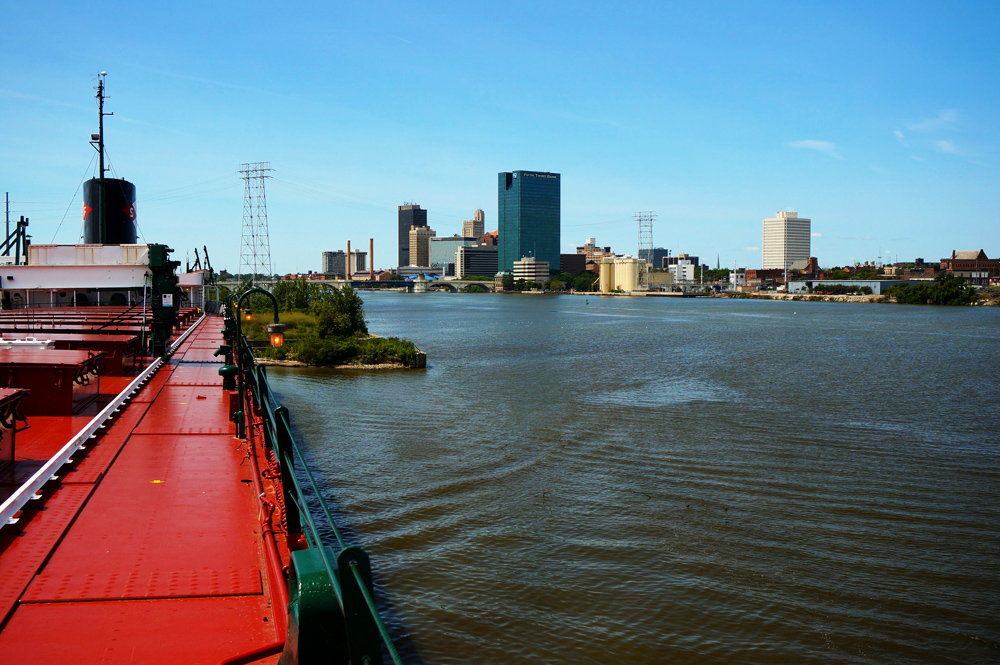
The 40 percent phosphorus reduction goal has surfaced in a number of scientific studies. The number first appeared in the findings of the Ohio Phosphorus Task Force II in 2013 and was repeated in the Lake Erie Ecosystem Priority report released in 2014 by the International Joint Commission (IJC), the U.S.-Canada agency that oversees the Great Lakes and other transboundary waters. The cut would “reduce the frequency and severity of harmful algal blooms in the western Lake Erie Basin to an acceptable level,” according to the IJC report. The report defines an “acceptable level” as no blooms or mild blooms.
–Adam Rissien, director
Agricultural and Water Policy
Ohio Environment Council
While the commitment by the states could likely mirror the reduction targets set by the federal governments, state action may be a quicker route to a clean Lake Erie.
“Those [GLWQA action] plans aren’t going to be ready or even available to the public until 2018,” Adam Rissien, director of agricultural and water policy at the Ohio Environment Council, told Circle of Blue. “We don’t want to wait until 2018 to start reducing the phosphorus loads. That’s why we called for the 40 percent reduction goal now and some commitment to reach that reduction. We don’t want to wait three more years until making some progress.”
State-level action is also being pursued through the Great Lakes Commission (GLC), an interstate agency established by the Great Lakes Basin Compact in 1955. Following the Toledo water crisis, the GLC established a Lake Erie Nutrient Targets working group, which aims to identify and share information about measures being taken by states and provinces to reduce algae blooms.
“Our state and provincial members put our heads together, and we said, ‘We, as the states, are the lead implementers of clean water programs, not the federal government,’” Victoria Pebbles, program director at the GLC, told Circle of Blue. “On both sides there are federal policies, but implementation of those policies falls largely to the states and the province. In that way, the states and Ontario wanted to take the lead in identifying what they could do.”
Pebbles explained that the work is a “complimentary initiative” to the process being undertaken by the federal governments.
“The focus of the group is not to set targets, but to identify existing polices, programs, or practices that could be helpful in achieving nutrient-load-reduction targets in Lake Erie,” Pebbles said.
Identifying Phosphorus Sources and On-the-Ground Actions
Political and environmental groups in the Great Lakes region agree that nutrient-reduction targets, in whichever form they take, are just the first step toward restoring Lake Erie.
–Victoria Pebbles, program director
Great Lakes Commission
“I would emphasize that the time for just talking about how much we need to reduce really should be ending and the focus should be on getting those actual reductions,” Ullrich said. “How we are going to get the reductions? And actually getting the reductions, that’s what we should be moving into and working on a very specific timeframe for accomplishing and securing those.”
Part of the challenge will be technical. While scientists point to phosphorus runoff from agricultural lands as the primary cause of the algae blooms, individual farmers may lose just a small amount of the phosphorus that they apply to their fields. That makes further phosphorus reductions tricky. In addition, the timing and location of phosphorus discharges also determines how much of the nutrient will feed algae blooms.
“We would like to make sure we are using our resources effectively in targeting the reduction where it is going to matter most,” Rissien said. “We need to identify where the sources of phosphorus are coming from, to the greatest degree practical, and focus our resources there. It makes no sense to focus on one area where you might not have as much phosphorus loading as another. Without having the identification of the source, and identifying how much is being contributed from that source, we really aren’t going to be able to have a smart plan to meet that reduction.”
A news correspondent for Circle of Blue based out of Hawaii. She writes The Stream, Circle of Blue’s daily digest of international water news trends. Her interests include food security, ecology and the Great Lakes.
Contact Codi Kozacek



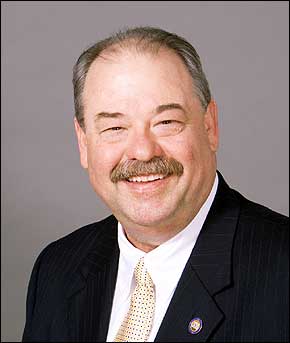
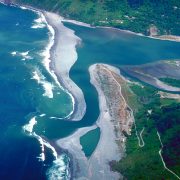
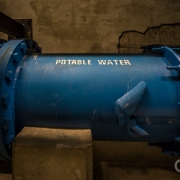




The key element the news leaves out of the Lake Erie algae woes stories are the natural conveyor has been stalled since 1964. The N.Y.P.A. installed an ice boom in that year and it has been all down hill ever since. If you Google “Joe Barrett ice boom” you will see most stories on my efforts to educate people about “Ice Boom Theory.” It is not so much what goes into the lake as it is what stays in the lake. Sure we can cut loading but allowing it to accumulate it far worse. Nothing can get better until the conveyor is restarted. It worked just fine for 12,000 years. THX, JBB
This is very positive. Now we have to build a large Great Lakes coalition of cities, ordinary citizens and businesses that make it very clear: Governments, if you do not address this now, and seriously, to set a limit that prevents this from reocurring, then we will bring this to a head. You are trustees under the public trust doctrine, under which you must preserve and prevent harm and impairment to the Great Lakes. This is hornobbok U.S. adn Canadian law. If you do not act as trustees, we will pursue all political and legal action necessary to elect new trustes and/or ask a court under the public trust doctrine to enforce this duty, and impose a phosphorous limit for Lake Erie, and elsewhere as needed. For backgroud see http://www.flowforwater.org for paper to IJC and IJC recommendation.
What is the role of population growth in causing increased P inputs? Of total P inputs what percentage approximately comes from domestic wastewater’s? The power elites of both the US and Canada are encouraging big increases in population via high immigration rates. If the population of the Great Lakes region doubles or triples over the next century, what are going to be the regional environmental impacts and not just on cyanobacterial blooms.
Of course if the technocrats talk too much about the larger issue, they might find themselves out of a job, or at least with reduced prospects for grants and contracts.